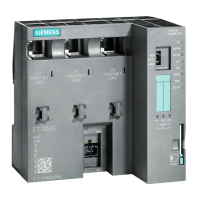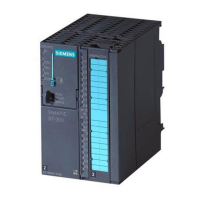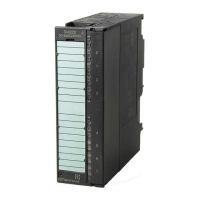Link-up and update
8.3 Time monitoring
CPU 410 Process Automation/CPU 410 SMART
124 System Manual, 05/2017, A5E31622160-AC
These times are based on a fault-tolerant system with two communication peers and an
average communication load.
Your system profile may differ considerably from those scenarios, therefore the following
rules must be observed.
● A high communication load can significantly increase cycle time.
● Any modification of the system in operation may lead to a significant increase in cycle
times.
● Any increase in the number of programs executed in priority classes > 15 (in particular
processing of communication blocks) increases the delay in communication and extends
the cycle time.
● You can even undercut the calculated monitoring times in small plants with high-
performance requirements.
Configuration of the monitoring times
When configuring monitoring times, always make allowances for the following dependencies;
conformity is checked by STEP 7:
Maximum cycle time extension
> maximum communication delay
> (maximum inhibit time for priority classes > 15)
> minimum I/O retention time
If you have configured different monitoring times in the CPUs and perform a link-up and
update operation with master/standby changeover, the system always applies the higher of
the two values.
Calculating the minimum I/O retention time (T
PH
)
The following applies to the calculation of the minimum I/O retention time:
● With central I/O: T
PH
= 30 ms
● For distributed I/O (PROFIBUS DP): T
PH
= 3 x T
TRmax
Where T
TRmax
= maximum target rotation time
of all DP master systems of the fault-tolerant station
● For distributed I/O (PROFINET IO): T
PH
= T
wd_max
with T
wd_max
= maximum cyclic interrupt time (product of WD factor and update time) of a
switched device in all IO subsystems of the fault-tolerant station
When using central and distributed I/O, the resultant minimum I/O retention time is:
T
PH
= MAX (30 ms, 3 x T
TRmax
, T
wd_max
)
The following figure shows the correlation between the minimum I/O retention time and the
maximum inhibit time for priority classes > 15.

